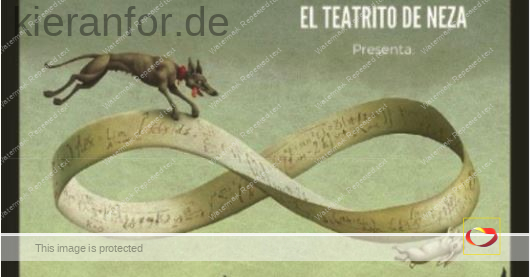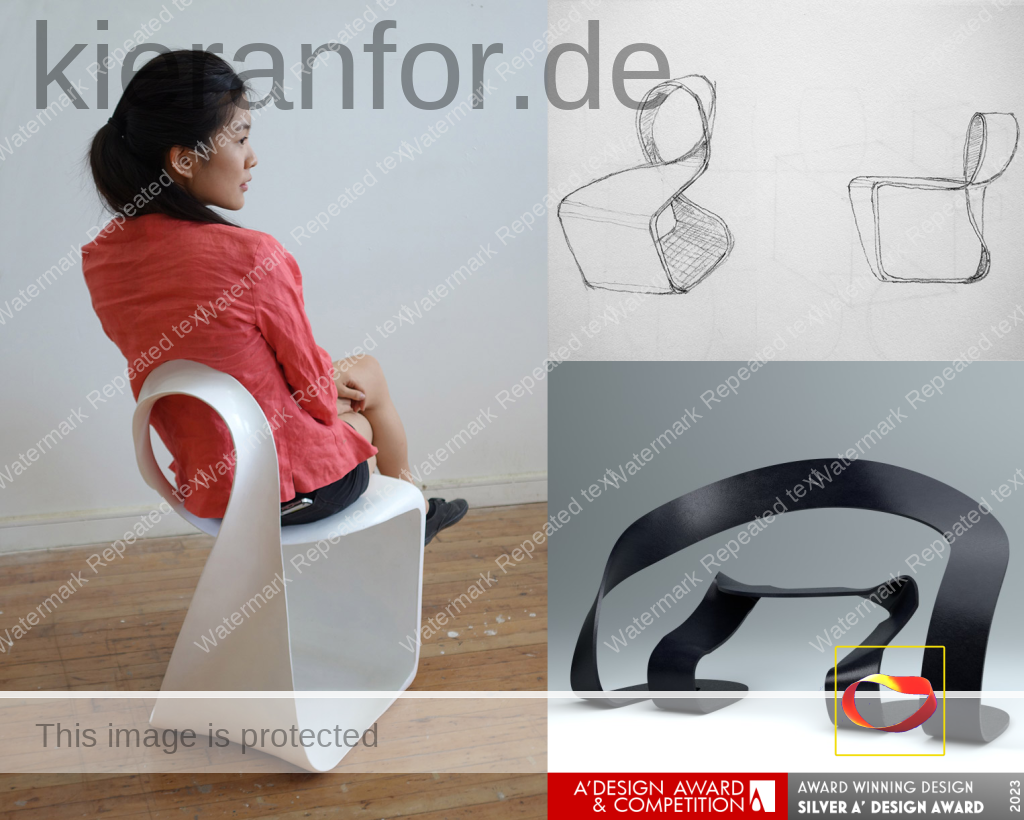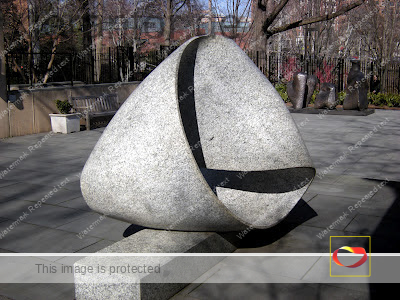Following on from my Möbius Musings,
Möbius, K., Plato, M., & Savitsky, A. (2022). The Möbius Strip Topology: History, Science, and Applications in Nanotechnology, Materials, and the Arts (1st ed.). Jenny Stanford Publishing. https://doi.org/10.1201/9781003256298
Header image: Adam Pekalski & Antonio Toga
- The birth of the Möbius strip was accompanied by the birth of topology (from the Greek τόπος, place, and λόγος, study)
- this branch of mathematics is concerned with the invariants of objects that are preserved under their continuous deformations such as stretching, crumpling, and bending.
- Berlin University was founded in 1810. Even today, this university is considered the “mother of all modern universities.
- Wilhelm von Humboldt advocated a “Universitas litterarum” in which the unity of teaching and research would be realized and an in-depth humanistic education for students would be made possible.
- Separated from the Universitas litterarum, in the States of the German-speaking Europe, technical and military education and research continued to take place in the first decades of the 19th century in a large number of trade schools and polytechnic colleges
- Carl Friedrich Gauss, sometimes called the “Prince of Mathematics,
- one of the three greatest mathematicians of all times, along with Archimedes and Newton. Among his students was August Ferdinand Möbius.
If you want to build a ship, don’t drum up the men to gather wood, and don’t assign them tasks and work, but rather teach them to yearn for the vast and endless sea.
Antoine de Saint-Exupéry
- April 10, 1815, the Indonesian volcano Mount Tambora erupted. It killed thousands of people in the vicinity and cooled the Earth by several degrees. It caused famines and disease outbreaks around the world, leading to the 1816 “Year without Summer,” in particular in Central Europe and North America.
- 1848 The Communist Manifesto published. The Communist Manifesto is a political polemic by the German philosophers Karl Marx and Friedrich Engels.
- 1858 August Ferdinand Möbius described the properties of onesided surfaces, including the “Möbius strip,” a two-dimensional surface with only one side. Although this object is known as a Möbius strip today, it was not Möbius who first described it, rather by any criterion, either by publication date or the date of first discovery, precedence goes to the German mathematician Johann Benedict Listing (born 1808 in Frankfurt (Main), died 1882 in Göttingen).”
- 1868 August Ferdinand Möbius, German mathematician and astronomer, died (September 26, 1868 in Leipzig).”
- 1918 Treaty of Versailles: John Maynard Keynes, predicted that the treaty was indeed a “Carthaginian peace” and said the huge reparations figure was excessive and counterproductive
- Ultimately, the reunification of Germany was the first and only peaceful revolution in Europe that dramatically changed the zones of political and economic influence of superpowers, and this without changing borders or igniting military conflicts.
1.2.1 Educational Concepts in 19th-Century Central Europe
- the essential precondition for a broad distribution of scientific and cultural achievements of high standards is the establishment of a civic society with a large middle-class section of educated citizens.
- Starting in the second half of the 19th century, the focus at universities shifted from collecting, organizing, and imparting knowledge increasingly to research, i.e., to generating knowledge. This was inspired by the Humboldt educational ideal of the “unity of research and teaching,” which was founded at the Friedrich-Wilhelm-Universität Berlin, today’s Humboldt University Berlin.
- The liberal German university model according to Humboldt stood for a holistic education (i.e., research and teaching, and not only teaching) and an education independent of economic and state interests (academic freedom).”
- …when you find a situation where you have come back to step one, i.e., to the beginning of the story, but with a twist to the opposite, it is shaped as a Möbius strip.
Max Bill (1908–94), Swiss sculptor and architect, famous among other things for his monumental sculptures of the Möbius Strip
“Möbius Strip,” designed by Robert R. Wilson. The sculpture is made of 3-by-5-inch pieces of stainless steel welded on a tubular form of 8-feet diameter.

But yield who will to their separation,
Robert Frost
My object in living is to unite
My avocation and my vocation
As my two eyes make one in sight
- /r/leoduhvinci:
- The first bullet was a blank, the second was real.
“Prove your dedication.” The gang leader had said, pointing at the duct taped body of the female officer I had patrolled the streets with earlier that night. An hour ago she had been caught, jeopardizing my cover and nearly blowing the lid off of the entire operation.
Her eyes widened as I pulled the trigger. First bullet blank, second real.
Quantum superposition
(or why the Möbius strip is the key to Life, the Universe and Everything 😂)
[post under construction]
(May 20, 2020) The Many-Worlds Theory, Explained – John Gribbin
https://thereader.mitpress.mit.edu/the-many-worlds-theory/
Cosmologists are excited by this, not because they are included in the wave function, but because this idea of a single, uncollapsed wave function is the only way in which the entire Universe can be described in quantum mechanical terms while still being compatible with the general theory of relativity. In the short version of his thesis published in 1957, Everett concluded that his formulation of quantum mechanics “may therefore prove a fruitful framework for the quantization of general relativity.”
John Gribbin; The Many-Worlds Theory, Explained




